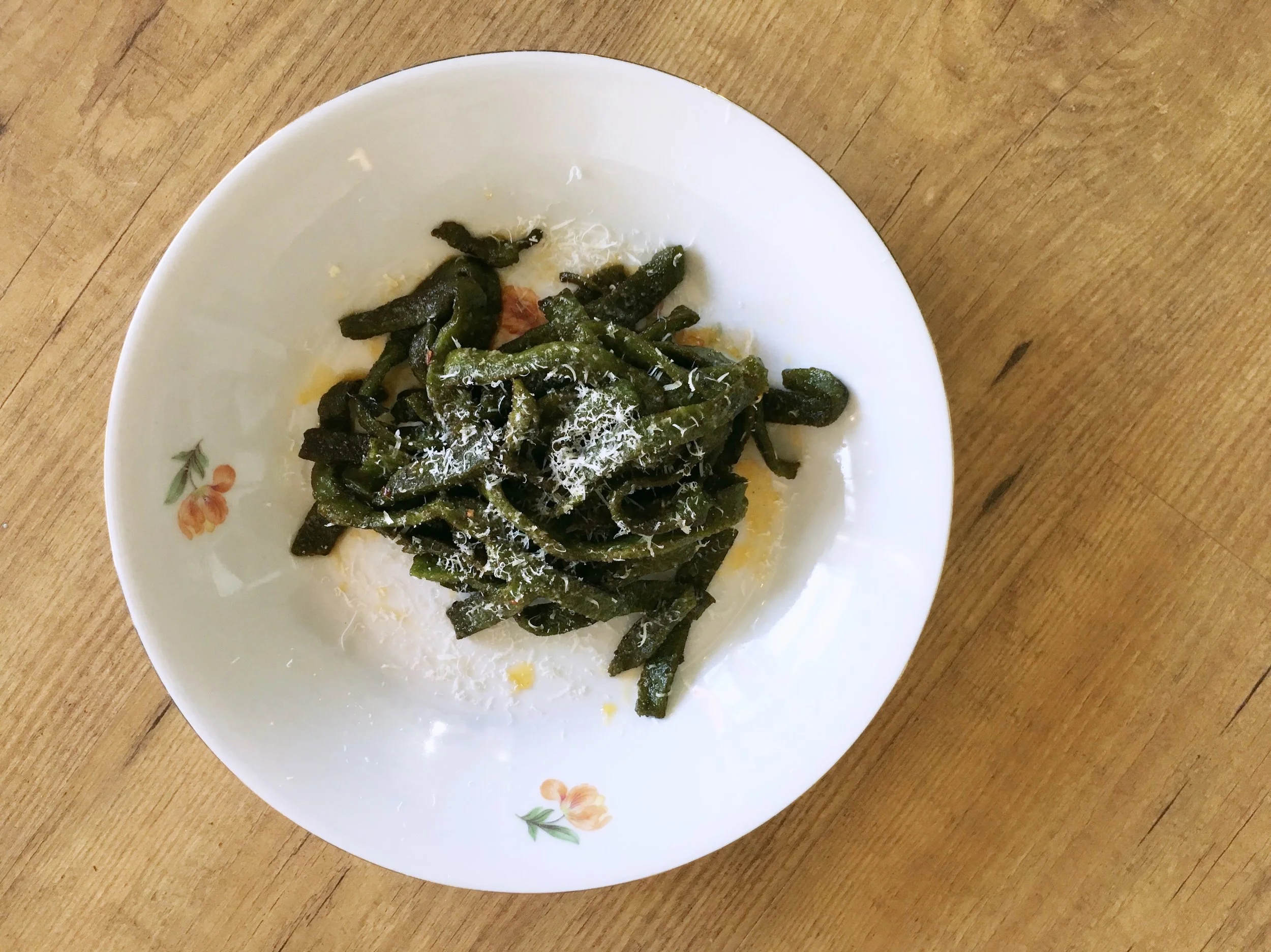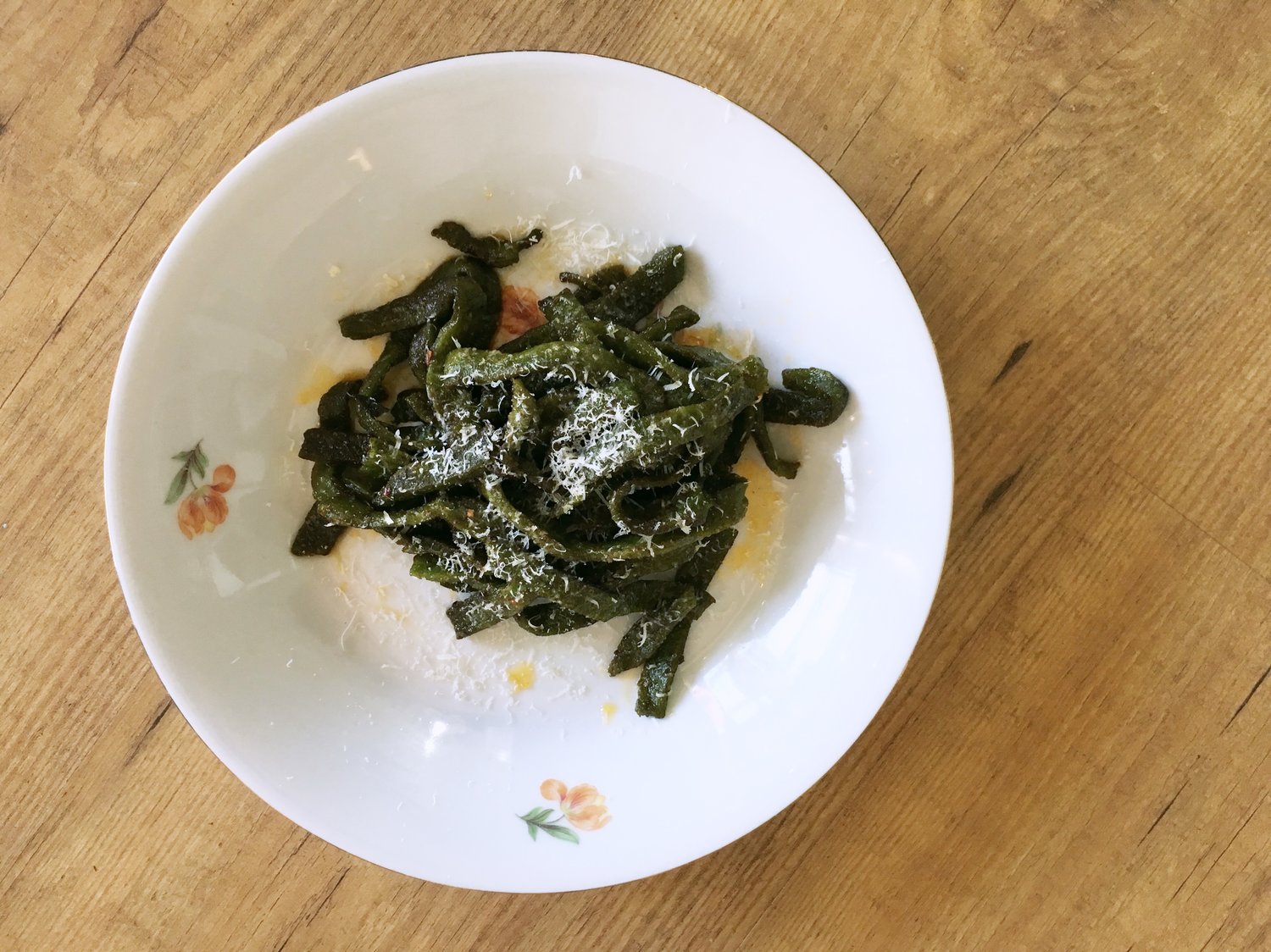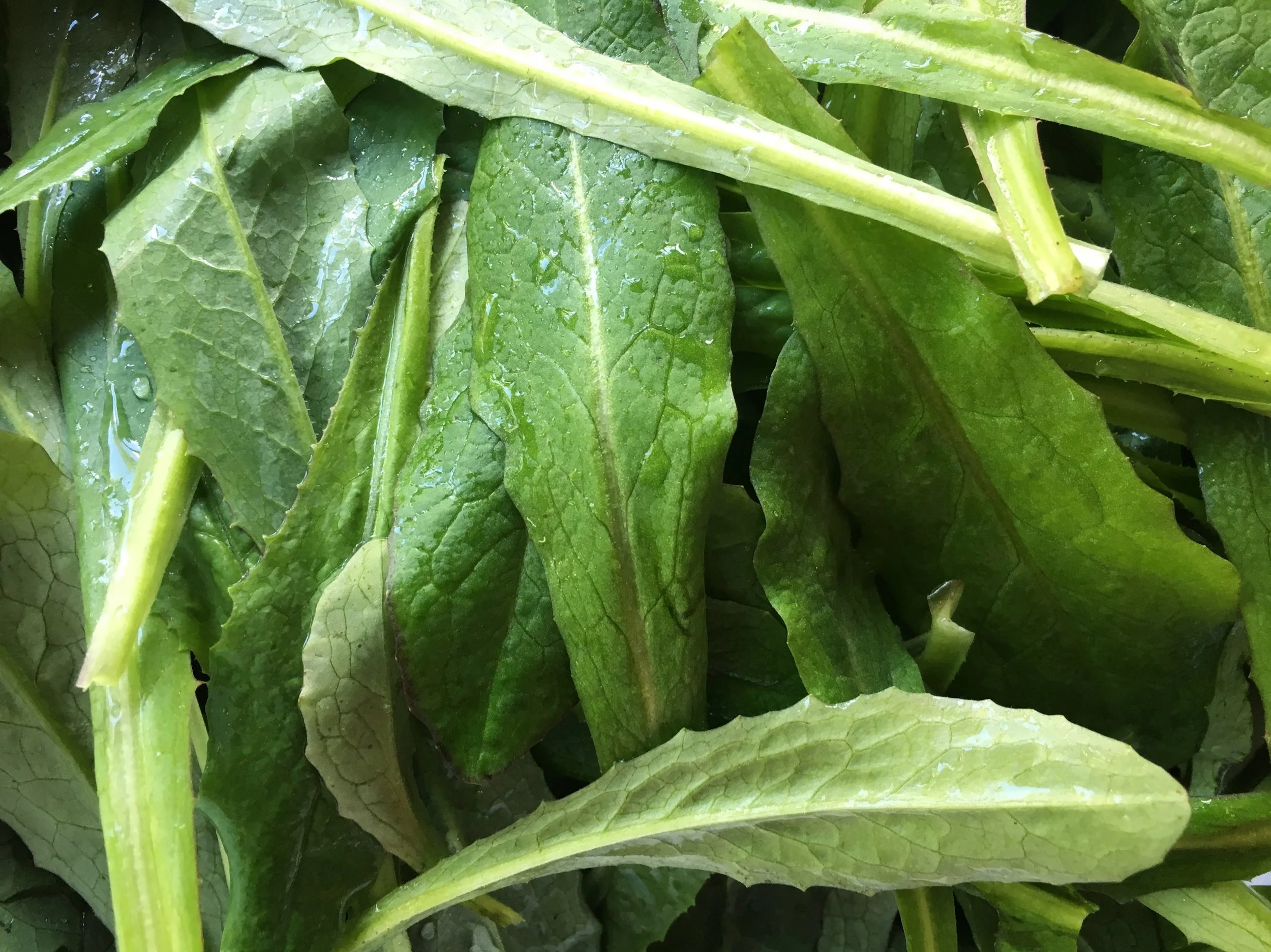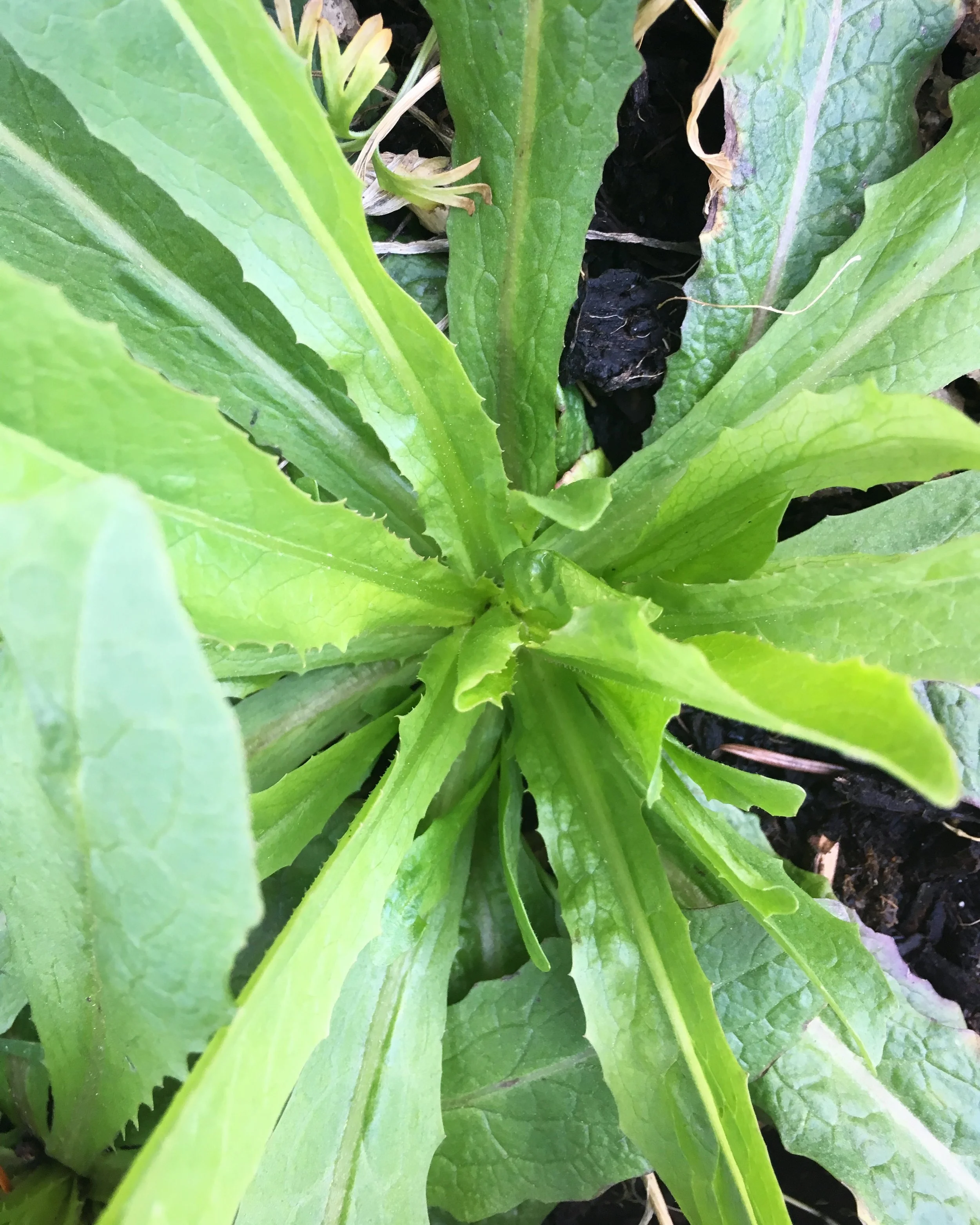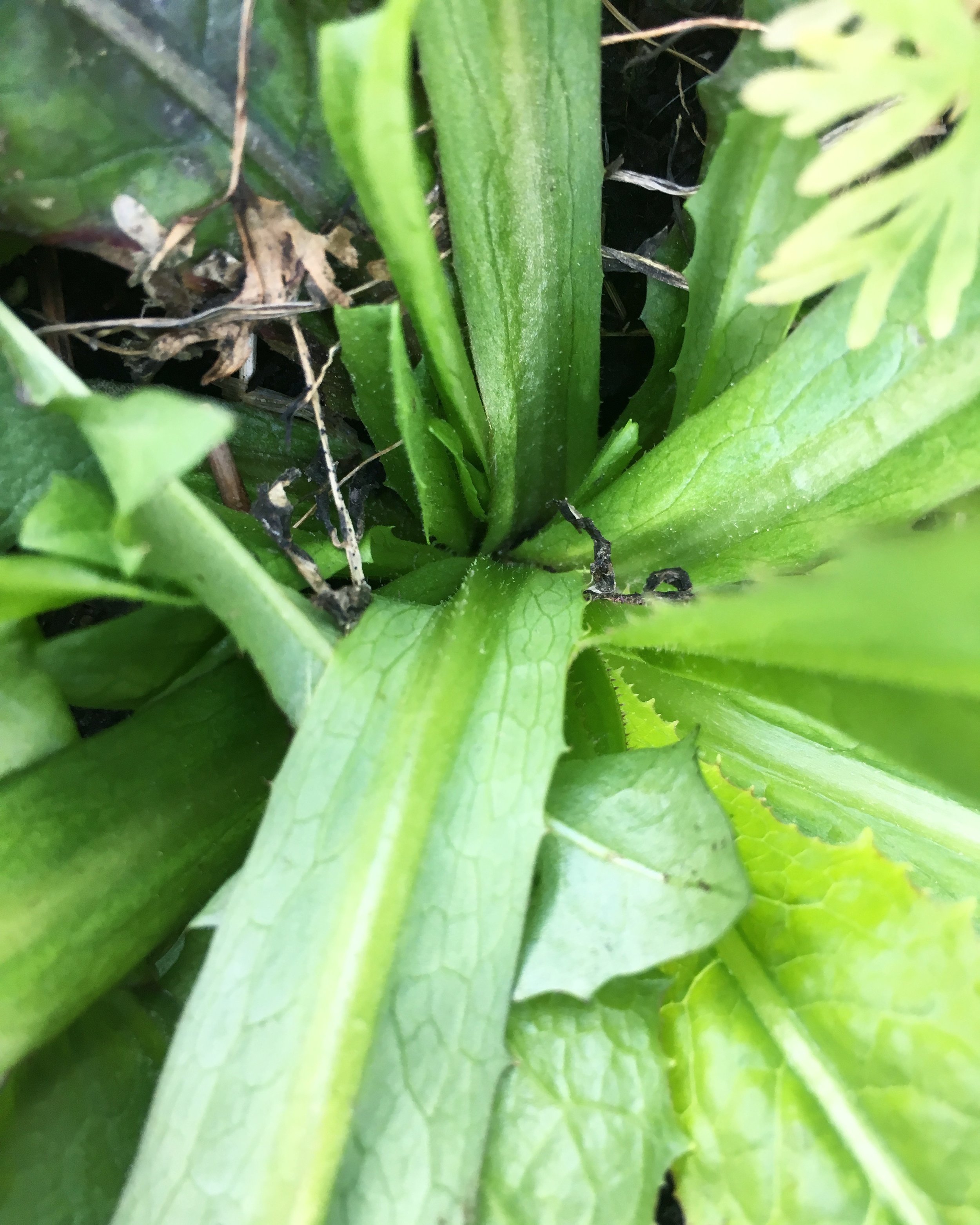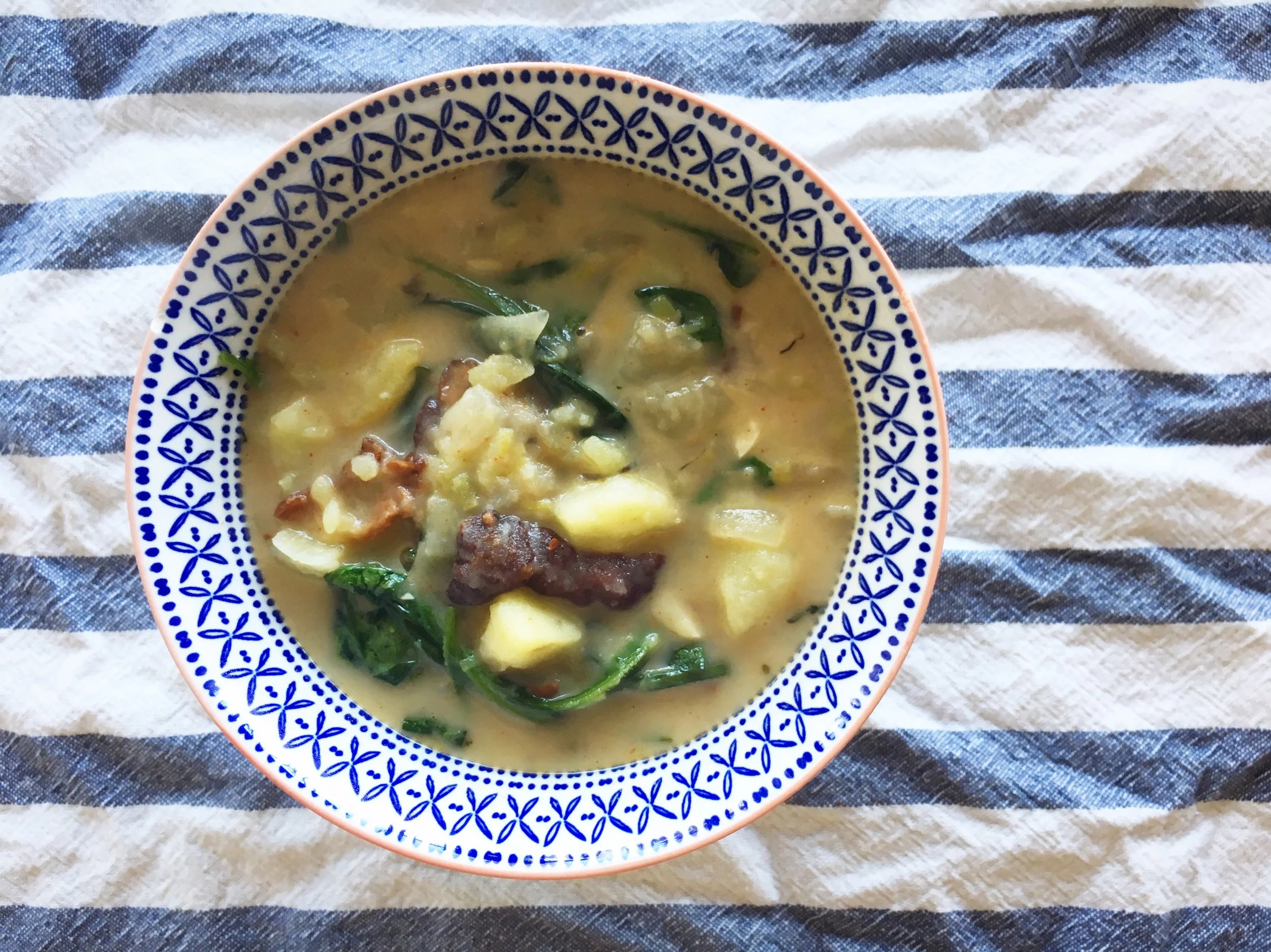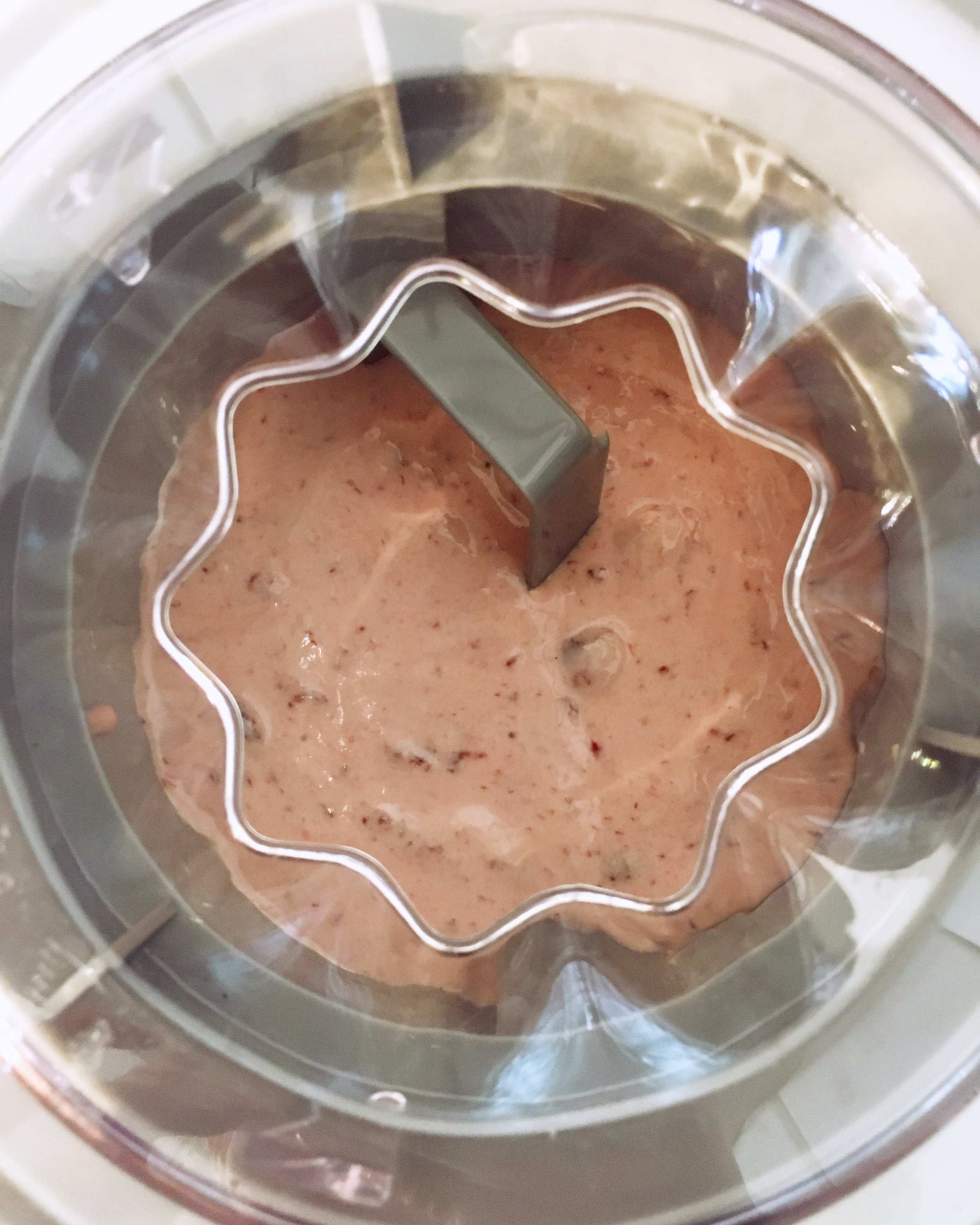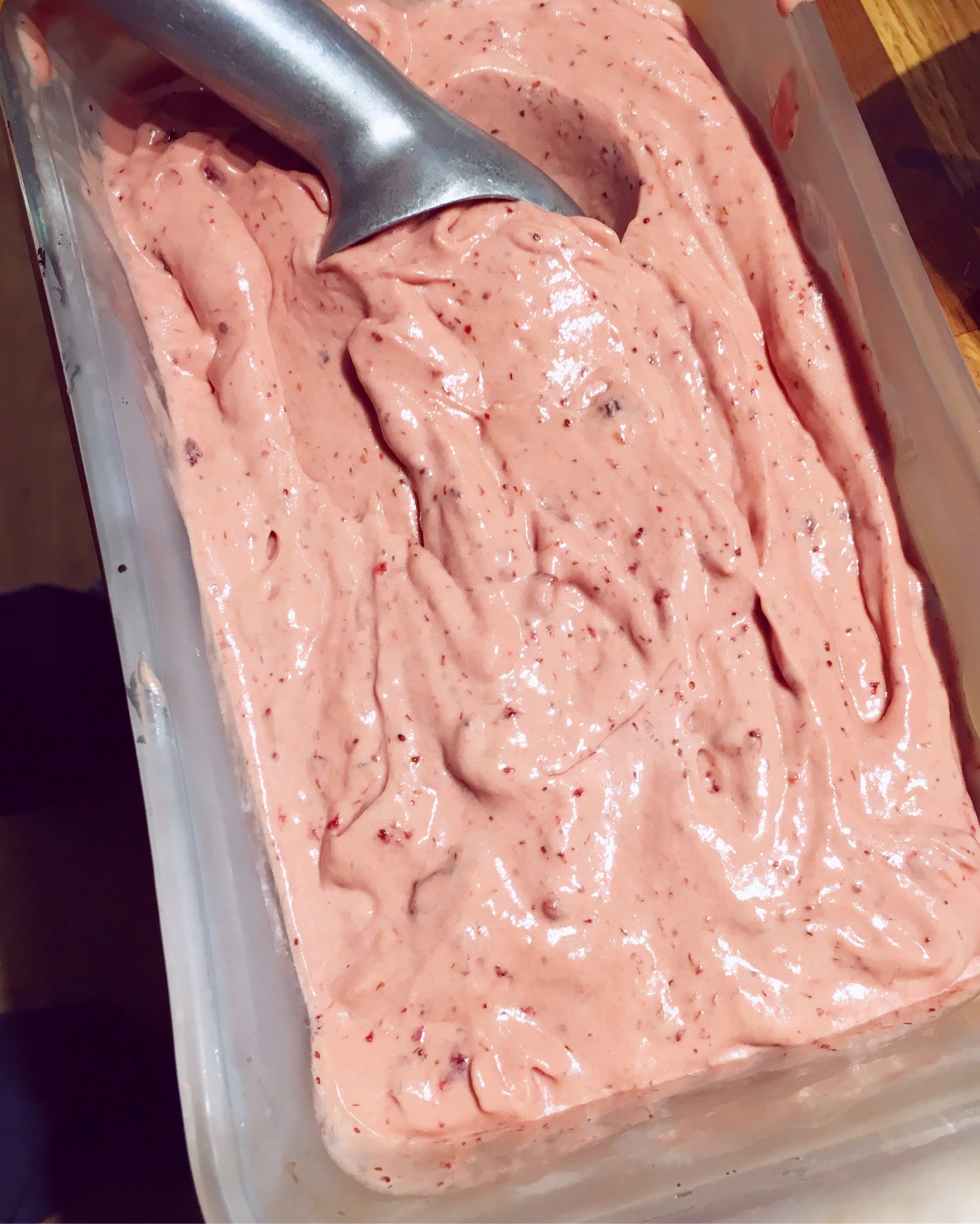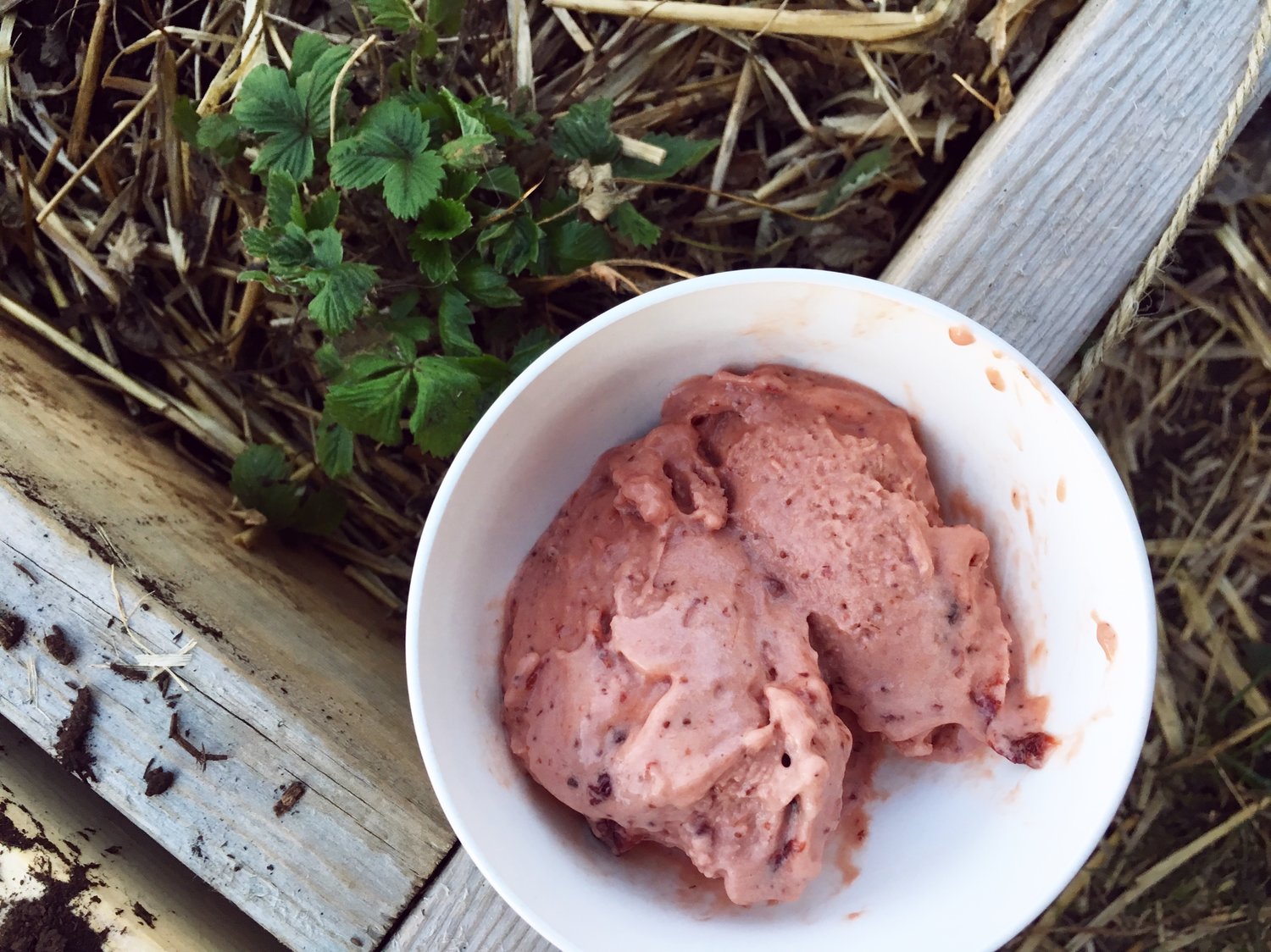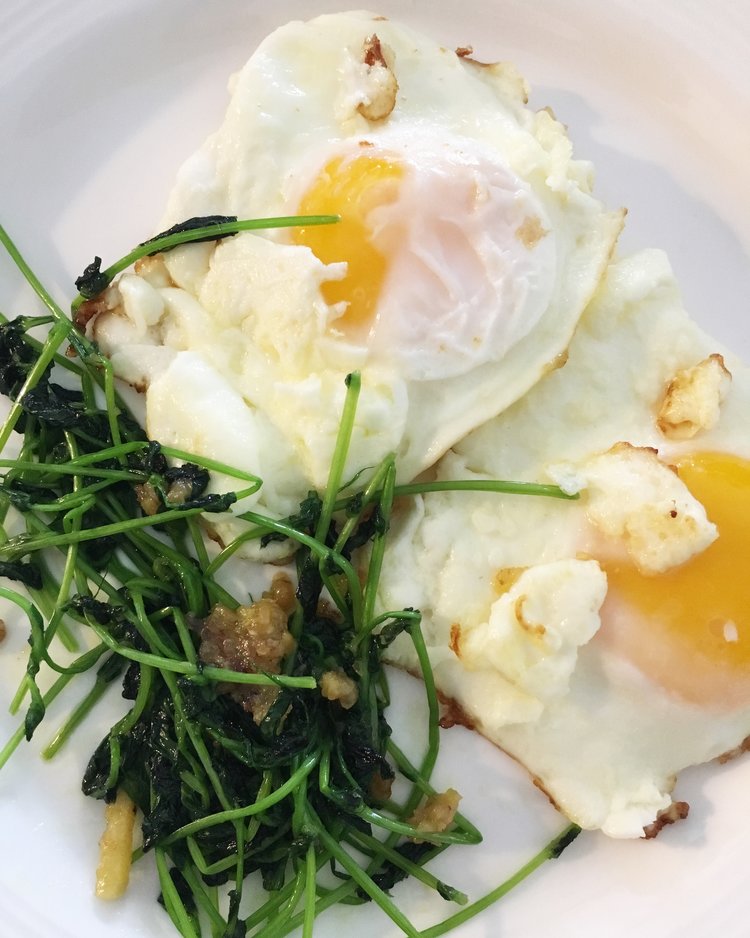Product Spotlight: Handwoven Area Rugs
I am so happy to share my most recent addition to my shop - handwoven area rugs! These are the perfect size if you want something unique to greet guests as they enter your home, or to brighten up your kitchen. These are made from recycled fibres from fabric that would have otherwise been thrown in the garbage, and are completely machine washable (lay flat to dry).
It is so lovely to have something beautiful come from garbage. this rug in the photos here was mostly made from t-shirts. My grandmother helps run a used clothing service at her church, and they are often given things that no one would want to wear again. Previously they would just toss them, but now I have a steady supply of perfectly usable fabric to make these rugs and nothing is wasted.
Shoes from Brave Soles.
I plan to make these rugs in different sizes in the future, so if you have an idea for something you'd like that isn't exactly this contact me and we'll see if your dream can become a reality.
To support my blogging endeavours, this post contains affiliate links from which I receive a small commission if you make a purchase. Every product linked here is one I have used personally and would recommend based on my experience.



